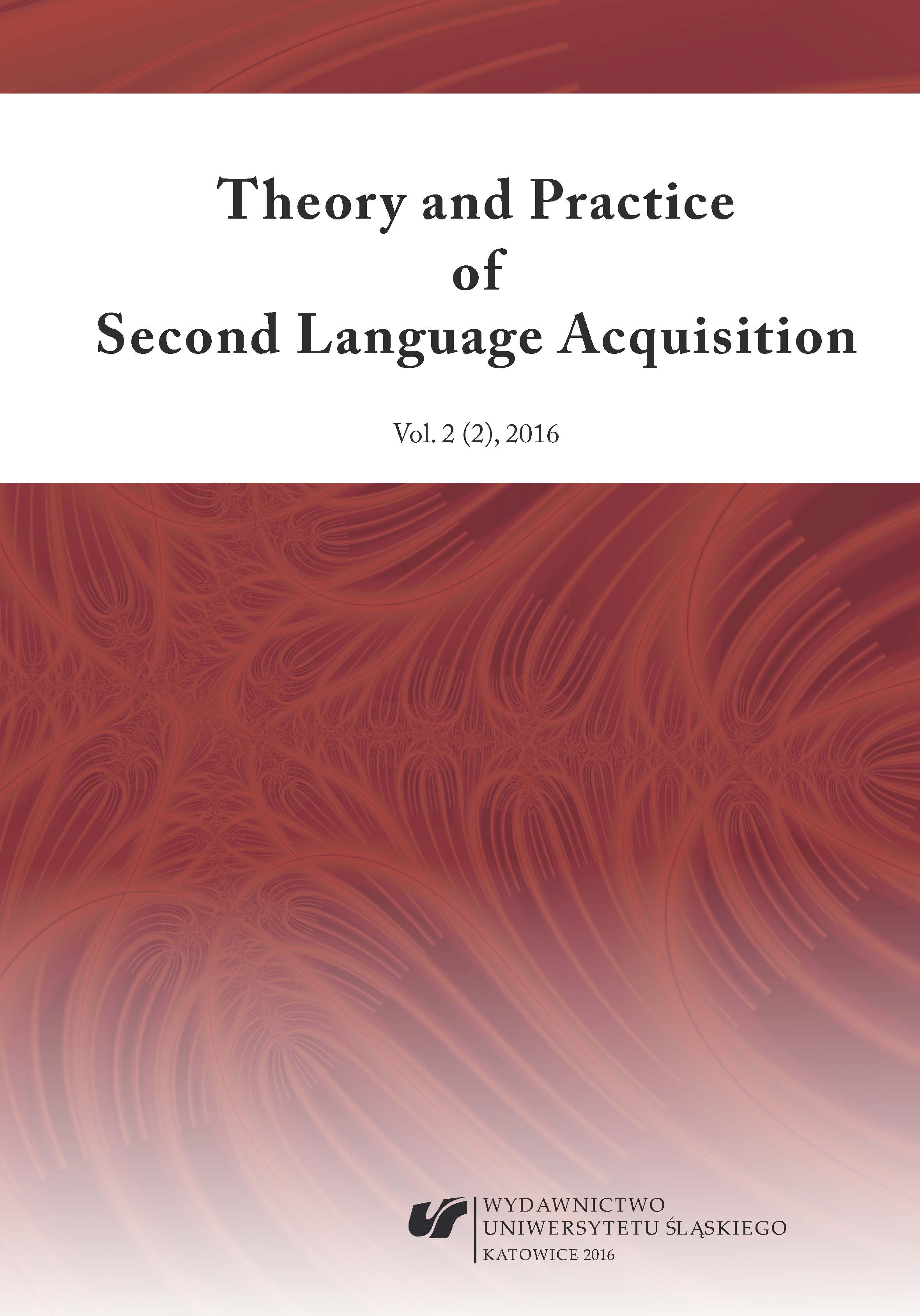Teaching Materials and the ELF Methodology – Attitudes of Pre-Service Teachers
Teaching Materials and the ELF Methodology – Attitudes of Pre-Service Teachers
Author(s): Aleksandra Szymańska-TworekSubject(s): Language and Literature Studies, Education, Foreign languages learning, Theoretical Linguistics, Applied Linguistics, Language acquisition
Published by: Wydawnictwo Uniwersytetu Śląskiego
Keywords: English as a lingua franca; teaching materials; teacher trainees
Summary/Abstract: The central argument voiced in the present paper is that the English language classroom should be influenced by the English as a lingua franca (ELF) methodology. What we mean under the notion of ELF methodology is a set of assumptions and tenets advanced by a number of scholars (e.g., Jenkins, 2002; Seidlhofer, 2011), who advocate rejecting the hegemony of a native-speaker language model and embracing a more egalitarian perspective that promotes the linguistic and cultural diversity of the English-using world. The ELF methodology is one of the recent developments in ELT. An abundant literature (e.g., Spichtinger, 2001; McKenzie, 2008) recommends that learners of English are exposed to as many different varieties of English as possible. A further recommendation (e.g., Matsuda, 2012) is that the cultural content presented to pupils in the ELT classroom should be drawn from multiple sources. The present paper aims to contribute to the debate concerning the implications that the ELF methodology carries for coursebooks and teaching materials. The study explores pre-service teachers’ views on the following questions: (1) How many and which varieties of English should appear in the CD recordings that accompany coursebooks? (2) Cultures of which countries should constitute the content of teaching materials? The data obtained from 170 pre-service teachers majoring in English indicate that most of them are far more willing to embrace the cultural rather than linguistic diversity in their own teaching practice.
Journal: Theory and Practice of Second Language Acquisition
- Issue Year: 2/2016
- Issue No: 2
- Page Range: 83-100
- Page Count: 18
- Language: English

